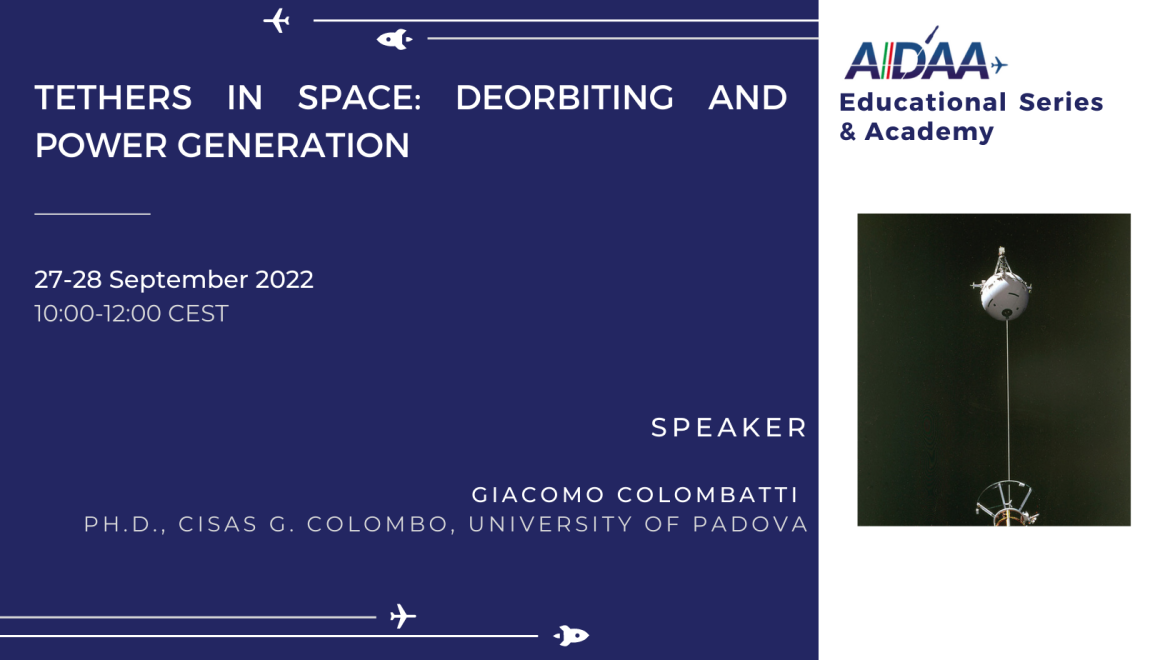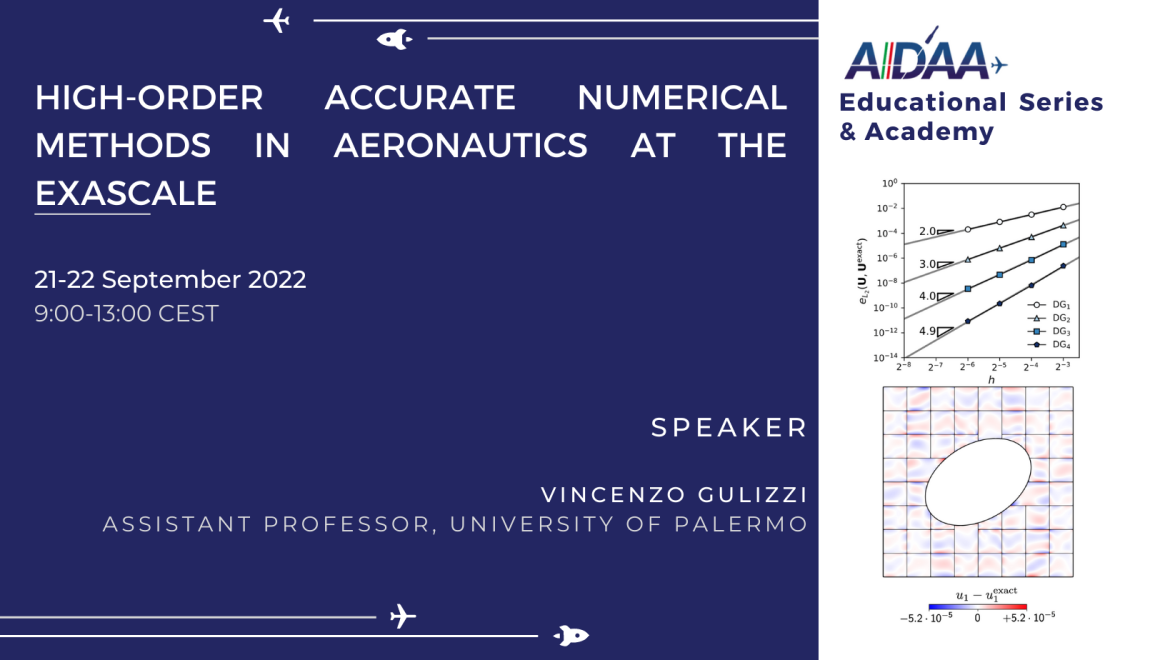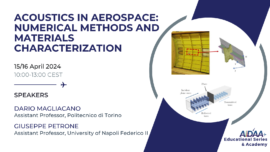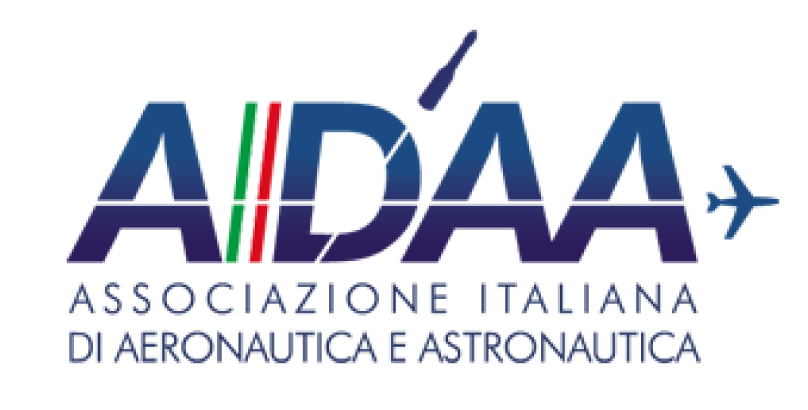Introduction to the design of LEO nanosatellite orbits for global and local coverage
Introduction to the design of LEO nanosatellite orbits for global and local coverage
12/13 December 2022
This webinar will present the main criteria needed to optimize the design of Low Earth Orbit (LEO) constellations for global and local coverage. It will describe the main drivers in defining constellation architecture and provide mathematical means to implement trade off and optimization studies. Orbital evolution will be analyzed using perturbed two-body Keplerian equations and expressions for repeated ground track and revisit time orbits will be derived. Starting from an overview of constellations for global coverage (Walker and Street of Coverage) the webinar will focus on local coverage patterns using special architectures for regional constellation design (flower constellations) aimed at continuous monitoring of areas of interest. Optimization approaches based on genetic algorithms and particle swarm will be described. Applications of constellations for analysis of dedicated areas (Veneto region) will be presented along with examples of configuration achieving maximized visibility from multiple ground stations.
Participation
You need to buy one of the package list available here and use the Order ID assigned to you after purchase.
You need to Login for registration.














